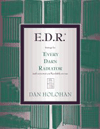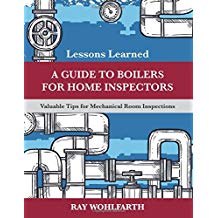In
response to several inquiries, the Air-Conditioning, Heating and Refrigeration
Institute clarifies the levels required to claim a tax credit for
residential heat pumps.
The Internal Revenue
Service recently issued Form 5695, Residential
Energy Credits - the form taxpayers must use when claiming tax credits
under Section 25(c) of the Internal Revenue Code.
In
response to several inquiries, theAir-Conditioning, Heating and Refrigeration
Institutewants to make manufacturers, consumers, contractors, distributors and
anyone else with an interest in these credits aware that the instructions at
the bottom of the formare correctwith respect to the
levels required to claim a tax credit for residential heat pumps.
For
residential electric heat pumps placed in servicebetween Jan. 1,
2009, and Feb. 17, 2009, the unit must have a heating seasonal
performance factor of at least 9, a seasonal energy efficiency ratio of at
least 15 and an energy efficiency ratio of at least 13.
For
residential electric heat pumps placed in serviceafter Feb. 17,
2009, a split heat pump unit must achieve 8.5 HSPF, 15 SEER and
12.5 EER (the highest efficiency tier established by theConsortium for Energy
Efficiency). For packaged heat pumps, the highest CEE tier levels are 8 HSPF,
14 SEER and 12 EER.
Taxpayers should consult their tax
advisors for information appropriate to their particular situation. Complete
information about IRS rules governing tax credits and deductions should be
obtained from the IRS itself (www.irs.gov) or from your professional tax preparer.
Related Articles
Related Products
See More ProductsSee More ProductsEvents
View AllSubmit An Event-
May 29, 2014 Coffee with Caleffi and John Siegenthaler: Air Source and Water Source Heat Pump Systems
×
Get our new eMagazine delivered to your inbox every month.
Stay in the know on the latest on plumbing, bath & kitchen, industrial PVF, radiant & hydronics, and HVAC products.
SUBSCRIBE TODAY!Copyright ©2024. All Rights Reserved BNP Media.
Design, CMS, Hosting & Web Development :: ePublishing



